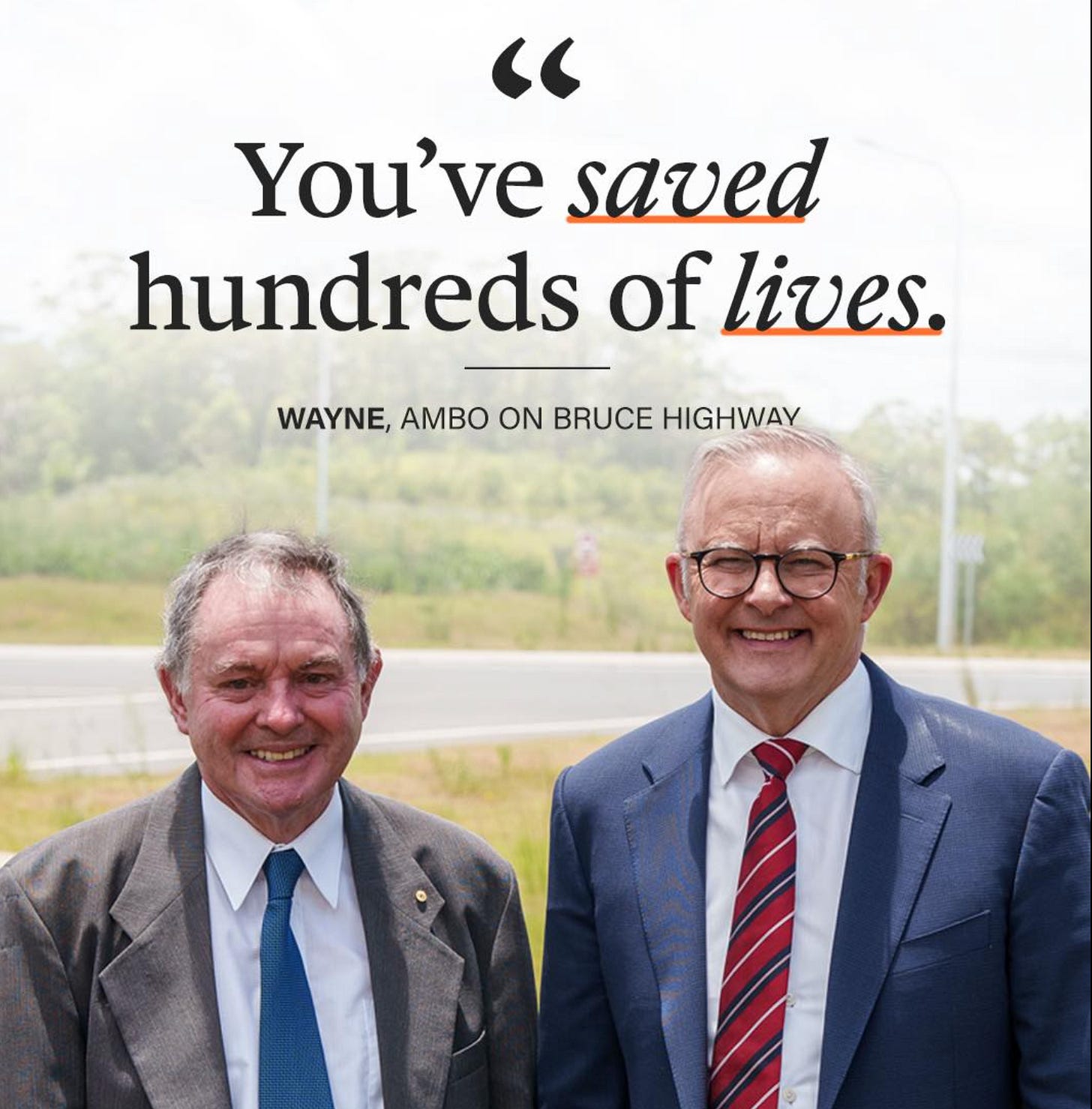Major Infrastructure Win: Federal Government Pledges 80% Funding for Bruce Highway Safety Upgrade
Prime Minister Anthony Albanese pledged $7.2 billion for Queensland's Bruce Highway to upgrade the road as part of the government commitment to make the road safer, hence reducing the deaths in the region.
The Federal Government will bear 80 percent of the costs to upgrade dangerous parts of the Bruce Highway, including black spots north of Gympie between Maryborough -Benaraby, Rockhampton-St Lawrence, Bowen-Townsville, and Ingham-Innisfail. This investment is a basic step in trying to solve state transportation problems, showing that the government is committed to infrastructure improvements and public safety.
Key Points:
The federal government gives in to pressure and agrees on an 80-20 funding split with Queensland, defying earlier conflicts over infrastructure funding arrangements to promise $7.2 billion on Bruce Highway upgrades
Areas north of Gympie among the black spots earmarked for action in announcement upgrading sections between Maryborough-Benaraby, Rockhampton-St Lawrence, Bowen-Townsville, and Ingham-Innisfail
Prime Minister insists on bipartisan cooperation with LNP Premier David Crisafulli, rejecting any political motives, saying he is committed to "represent all Australians"
Local paramedic Wayne Sachs puts the urgency in perspective by referencing the history of fatal accidents and pointing out Albanese's successful intervention in 2009.
Why It Matters:
This signature investment in infrastructure focuses on more than just roads; it's a critical intervention for public safety and regional development. The commitment to funding diverges from recent policy on infrastructure funding, demonstrating adaptability to pressing safety needs and potentially setting models for the future of state-federal cooperation on key infrastructure projects.
Big Picture:
The announcement opens a new chapter in federal-state relations and strategies for infrastructure funding, especially meaningful in Queensland, where the Labor party holds only five of the 30 lower house seats. This shows that public safety concerns can overcome political differences and funding standards, potentially influencing future infrastructure policies across the country and meeting urgent safety needs in regional Australia.



